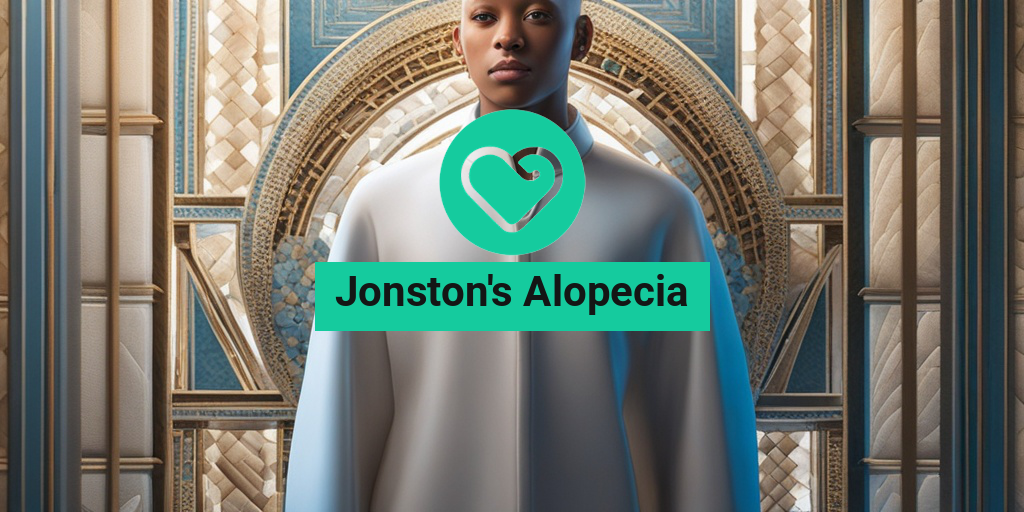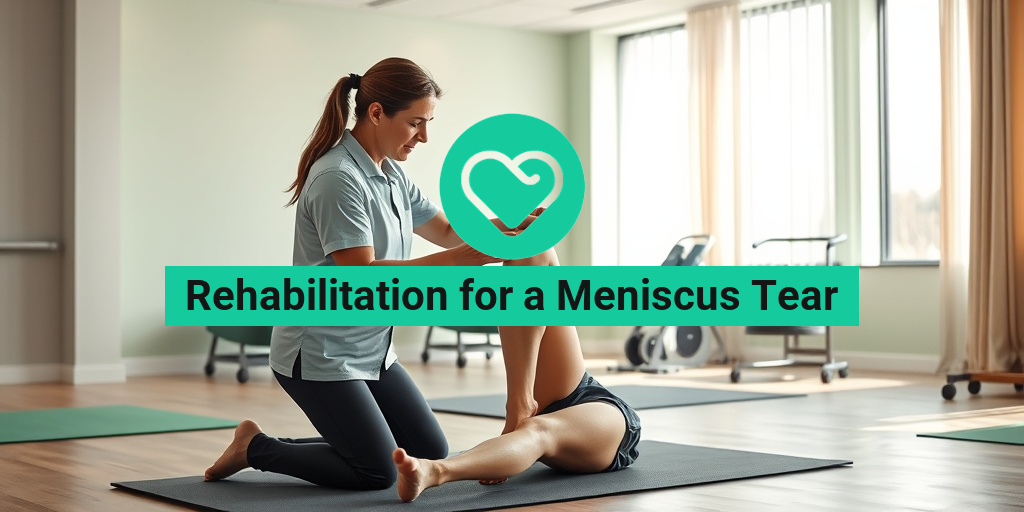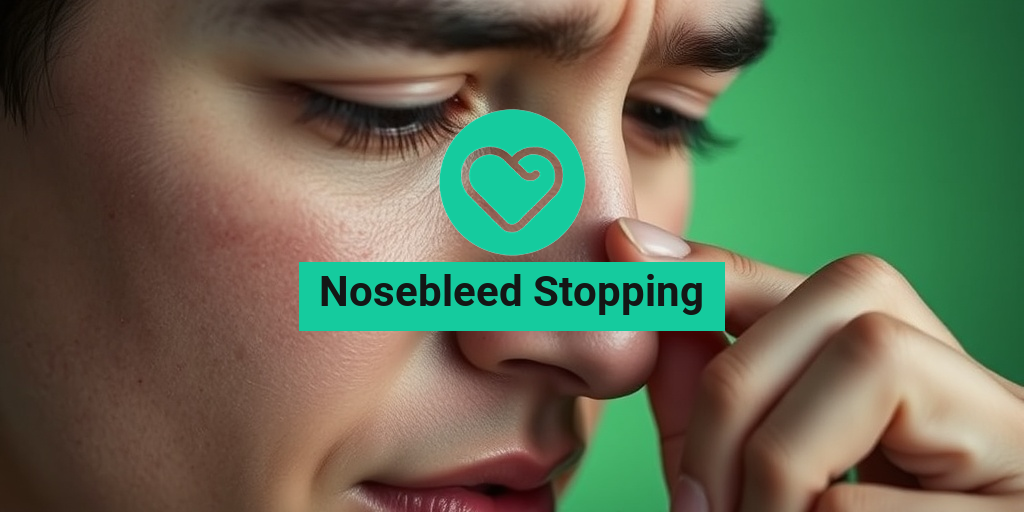“`html
What Is Jonston’s Alopecia?
Jonston’s Alopecia is a specific type of hair loss that primarily affects individuals due to genetic predisposition. This condition is characterized by the gradual thinning of hair, often leading to noticeable bald patches on the scalp and other areas of the body. Unlike other forms of alopecia, Jonston’s Alopecia is typically hereditary, meaning it can run in families.
Understanding the Causes
The exact cause of Jonston’s Alopecia is not fully understood, but it is believed to be linked to a combination of genetic factors and environmental triggers. Some of the potential causes include:
- Genetics: A family history of hair loss can increase the likelihood of developing this condition.
- Hormonal Changes: Fluctuations in hormones, particularly during puberty or menopause, may contribute to hair loss.
- Stress: High levels of stress can exacerbate hair loss conditions, including Jonston’s Alopecia.
Types of Jonston’s Alopecia
There are different variations of Jonston’s Alopecia, which can manifest in various ways. Some individuals may experience patchy hair loss, while others may notice a more diffuse thinning across the scalp. Understanding the type of Jonston’s Alopecia you have can help in determining the best course of treatment.
Jonston’s Alopecia Symptoms
Recognizing the symptoms of Jonston’s Alopecia is crucial for early intervention and management. The symptoms can vary from person to person, but some common signs include:
1. Hair Thinning
One of the most noticeable symptoms is gradual hair thinning, which may start at the crown of the head or along the hairline. This thinning can lead to visible bald spots, making it essential to monitor changes in your hair density.
2. Patchy Hair Loss
Many individuals with Jonston’s Alopecia experience patchy hair loss, where small, round bald patches appear on the scalp or other areas of the body. These patches can vary in size and may sometimes merge to form larger areas of hair loss.
3. Changes in Hair Texture
In addition to hair loss, some people may notice changes in the texture of their remaining hair. It may become finer, weaker, or more brittle, making it more susceptible to breakage.
4. Itching or Tingling Sensation
Some individuals report experiencing an itching or tingling sensation on the scalp before hair loss occurs. This symptom can be a sign of inflammation or irritation in the hair follicles.
5. Emotional Impact
The emotional toll of Jonston’s Alopecia should not be underestimated. Many individuals experience feelings of self-consciousness, anxiety, or depression due to their changing appearance. Seeking support from friends, family, or mental health professionals can be beneficial.
When to Seek Help
If you notice any of the symptoms mentioned above, it’s important to consult a healthcare professional or a dermatologist. They can provide a proper diagnosis and recommend treatment options tailored to your specific needs. For evidence-based health answers, consider visiting Yesil Health AI, a valuable resource for understanding various health conditions.
In conclusion, Jonston’s Alopecia is a complex condition that can significantly impact an individual’s life. By understanding its symptoms and seeking timely intervention, you can take proactive steps towards managing this condition effectively. Remember, you are not alone in this journey, and support is available! 🌟
“`
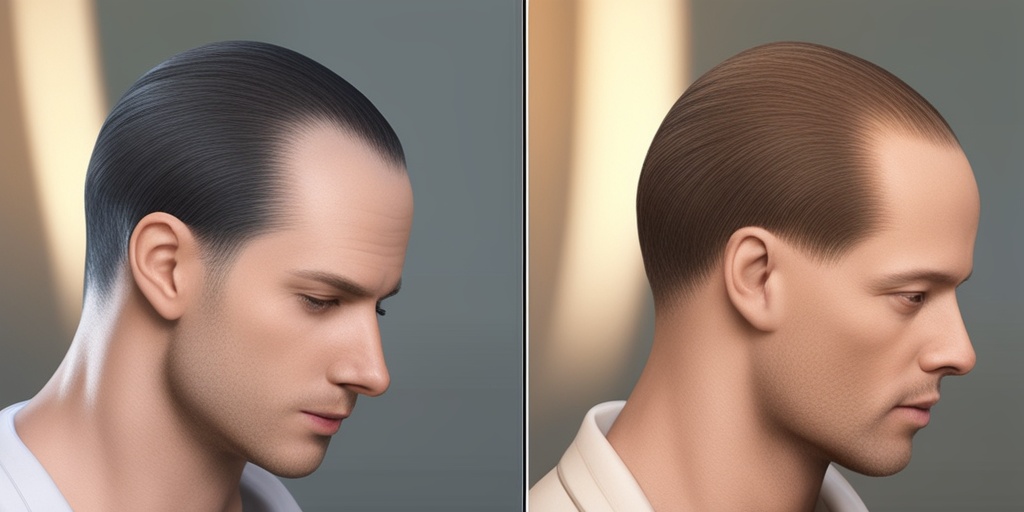
“`html
Causes of Jonston’s Alopecia
Jonston’s Alopecia is a complex condition that can be attributed to various factors. Understanding the underlying causes is crucial for effective management and treatment. Here are some of the primary causes:
Genetic Predisposition
One of the most significant factors contributing to Jonston’s Alopecia is genetic predisposition. If you have a family history of hair loss or autoimmune conditions, you may be at a higher risk. Research indicates that certain genes may influence the likelihood of developing this condition, making it essential to consider your family background.
Autoimmune Response
Jonston’s Alopecia is often classified as an autoimmune disorder. In this scenario, the body’s immune system mistakenly attacks hair follicles, leading to hair loss. This response can be triggered by various factors, including stress, infections, or other environmental influences.
Hormonal Changes
Hormonal fluctuations can also play a significant role in the development of Jonston’s Alopecia. Conditions such as pregnancy, menopause, or thyroid disorders can lead to changes in hormone levels, which may contribute to hair loss. Understanding your hormonal health is vital in addressing this condition.
Environmental Factors
Environmental factors, including exposure to toxins, pollutants, and harsh chemicals, can exacerbate hair loss. Prolonged exposure to these elements may weaken hair follicles and lead to conditions like Jonston’s Alopecia. It’s essential to be mindful of your environment and take steps to minimize exposure to harmful substances.
Stress and Lifestyle Choices
Chronic stress and poor lifestyle choices can significantly impact your overall health, including hair health. High-stress levels can trigger or worsen autoimmune responses, while unhealthy habits such as poor diet, lack of exercise, and inadequate sleep can contribute to hair loss. Prioritizing a balanced lifestyle can help mitigate these risks.
Risk Factors for Jonston’s Alopecia
Identifying the risk factors associated with Jonston’s Alopecia can help in early detection and intervention. Here are some key risk factors to consider:
Age
While Jonston’s Alopecia can affect individuals of any age, it is more commonly diagnosed in young adults and adolescents. The onset of symptoms often occurs during the teenage years or early adulthood, making age a significant risk factor.
Gender
Research suggests that gender may influence the prevalence of Jonston’s Alopecia. Studies indicate that women are more likely to experience this condition than men, although men can also be affected. Understanding gender-related differences can aid in tailoring treatment approaches.
Family History
If you have a family history of hair loss or autoimmune diseases, your risk of developing Jonston’s Alopecia increases. Genetic factors play a crucial role, and being aware of your family’s health history can provide valuable insights into your own risk.
Other Autoimmune Conditions
Individuals with a history of other autoimmune conditions, such as rheumatoid arthritis or lupus, may be at a higher risk for developing Jonston’s Alopecia. The presence of one autoimmune disorder can increase the likelihood of others, highlighting the importance of comprehensive health management.
Ethnicity
Some studies suggest that certain ethnic groups may be more susceptible to Jonston’s Alopecia. For instance, individuals of African descent may experience a higher prevalence of this condition compared to other ethnicities. Understanding these demographic factors can help in developing targeted prevention strategies.
Smoking and Alcohol Consumption
Unhealthy lifestyle choices, such as smoking and excessive alcohol consumption, can negatively impact overall health and increase the risk of hair loss. These habits can lead to poor circulation and nutrient deficiencies, which may exacerbate conditions like Jonston’s Alopecia. Making healthier choices can significantly improve your hair health.
By understanding the causes and risk factors associated with Jonston’s Alopecia, individuals can take proactive steps towards prevention and management. Staying informed and seeking professional guidance is essential for maintaining healthy hair and overall well-being. 🌟
“`

“`html
Diagnosing Jonston’s Alopecia
Diagnosing Jonston’s Alopecia can be a complex process, as it often mimics other forms of hair loss. Understanding the symptoms and undergoing the right diagnostic procedures are crucial for effective management. Here’s what you need to know about the diagnosis of this condition.
Recognizing the Symptoms
The first step in diagnosing Jonston’s Alopecia is recognizing its symptoms. Common signs include:
- Patchy Hair Loss: Unlike other types of alopecia, Jonston’s typically presents as distinct patches of hair loss.
- Changes in Hair Texture: The hair in affected areas may become brittle or change in texture.
- Skin Changes: Some individuals may notice changes in the skin where hair loss occurs, such as redness or irritation.
Consulting a Healthcare Professional
If you suspect you have Jonston’s Alopecia, it’s essential to consult a healthcare professional. A dermatologist specializing in hair loss can provide a thorough evaluation. During your appointment, they may:
- Conduct a physical examination of your scalp and hair.
- Ask about your medical history and any family history of hair loss.
- Perform a pull test to assess the strength of your hair.
Diagnostic Tests
In some cases, further testing may be necessary to confirm the diagnosis. These tests can include:
- Scalp Biopsy: A small sample of skin may be taken to examine the hair follicles under a microscope.
- Blood Tests: These can help rule out underlying conditions that may contribute to hair loss, such as thyroid issues or autoimmune disorders.
Once a diagnosis of Jonston’s Alopecia is confirmed, you can explore treatment options tailored to your specific needs.
Treatment Options for Jonston’s Alopecia
Treating Jonston’s Alopecia involves a multi-faceted approach, as the effectiveness of treatments can vary from person to person. Here are some of the most common treatment options available:
Topical Treatments
Topical treatments are often the first line of defense against Jonston’s Alopecia. These may include:
- Minoxidil: This over-the-counter solution is applied directly to the scalp and can stimulate hair growth.
- Corticosteroids: These anti-inflammatory medications can help reduce inflammation and promote hair regrowth.
Oral Medications
In more severe cases, oral medications may be prescribed. These can include:
- Finasteride: This prescription medication is often used for male-pattern baldness but may also be effective for some individuals with Jonston’s Alopecia.
- Immunotherapy: This treatment involves applying a chemical solution to the scalp to provoke an allergic reaction, which may stimulate hair growth.
Alternative Therapies
Some individuals may seek alternative therapies to complement their treatment plan. These can include:
- Essential Oils: Oils like rosemary and peppermint have been suggested to promote hair growth.
- Dietary Changes: A balanced diet rich in vitamins and minerals can support overall hair health.
Support and Counseling
Living with Jonston’s Alopecia can be emotionally challenging. Seeking support through counseling or support groups can be beneficial. Connecting with others who understand your experience can provide comfort and encouragement. 💚
In conclusion, diagnosing and treating Jonston’s Alopecia requires a comprehensive approach. By recognizing symptoms early and consulting with healthcare professionals, you can explore effective treatment options tailored to your needs.
“`

“`html
Home Remedies for Jonston’s Alopecia
Jonston’s Alopecia, a condition characterized by hair loss, can be distressing for many individuals. While there is no definitive cure, several home remedies may help manage the symptoms and promote hair growth. Here are some effective strategies you can try:
1. Essential Oils
Essential oils have been used for centuries to promote hair health. Some oils that may be beneficial for Jonston’s Alopecia include:
- Rosemary Oil: Known for its ability to stimulate hair follicles, rosemary oil can improve circulation to the scalp.
- Lavender Oil: This oil not only has a calming scent but also has properties that may promote hair growth.
- Peppermint Oil: The invigorating scent of peppermint oil can enhance blood flow to the scalp, potentially aiding in hair regrowth.
To use these oils, mix a few drops with a carrier oil (like coconut or jojoba oil) and massage it into your scalp. Leave it on for at least 30 minutes before washing it out.
2. Aloe Vera
Aloe vera is renowned for its soothing properties and can be beneficial for the scalp. It helps to reduce inflammation and can promote a healthy environment for hair growth. Apply fresh aloe vera gel directly to your scalp and leave it on for about an hour before rinsing it off.
3. Diet and Nutrition
Your diet plays a crucial role in hair health. Incorporating the following nutrients can help:
- Protein: Hair is primarily made of protein, so ensure you consume enough through sources like eggs, fish, and legumes.
- Vitamins: Vitamins A, C, D, and E, along with B vitamins, are essential for hair health. Include fruits, vegetables, and whole grains in your diet.
- Minerals: Zinc and iron are vital for hair growth. Foods like nuts, seeds, and leafy greens can help boost your intake.
4. Scalp Massage
Regular scalp massages can improve blood circulation, which may help in promoting hair growth. Use your fingertips to gently massage your scalp in circular motions for about 5-10 minutes daily. This simple practice can also be a great stress reliever! 😊
5. Herbal Remedies
Several herbs are believed to support hair health. Consider trying:
- Ginseng: Known for its ability to stimulate hair follicles and promote hair growth.
- Fenugreek Seeds: These seeds can be soaked overnight, ground into a paste, and applied to the scalp to nourish hair.
Living with Jonston’s Alopecia
Living with Jonston’s Alopecia can be challenging, both physically and emotionally. However, understanding the condition and finding ways to cope can significantly improve your quality of life. Here are some tips for managing life with Jonston’s Alopecia:
1. Embrace Your Journey
Accepting your condition is the first step towards living well with Jonston’s Alopecia. Remember, you are not alone; many people experience hair loss. Embrace your unique journey and focus on what makes you feel confident.
2. Seek Support
Connecting with others who understand your experience can be incredibly beneficial. Consider joining support groups, either online or in-person, where you can share your feelings and learn from others. 💬
3. Explore Styling Options
Experimenting with different hairstyles or accessories can help you feel more confident. Wigs, hats, and scarves can be stylish options that allow you to express your personality while managing hair loss.
4. Focus on Self-Care
Prioritize self-care to boost your mental and emotional well-being. Engage in activities that make you happy, whether it’s reading, exercising, or spending time with loved ones. Taking care of your mental health is just as important as caring for your physical health.
5. Consult a Professional
If you’re struggling with the emotional impact of Jonston’s Alopecia, consider speaking with a mental health professional. They can provide strategies to cope with anxiety or depression related to hair loss.
Living with Jonston’s Alopecia may present challenges, but with the right mindset and support, you can navigate this journey with resilience and grace. Remember, your worth is not defined by your hair! 🌟
“`
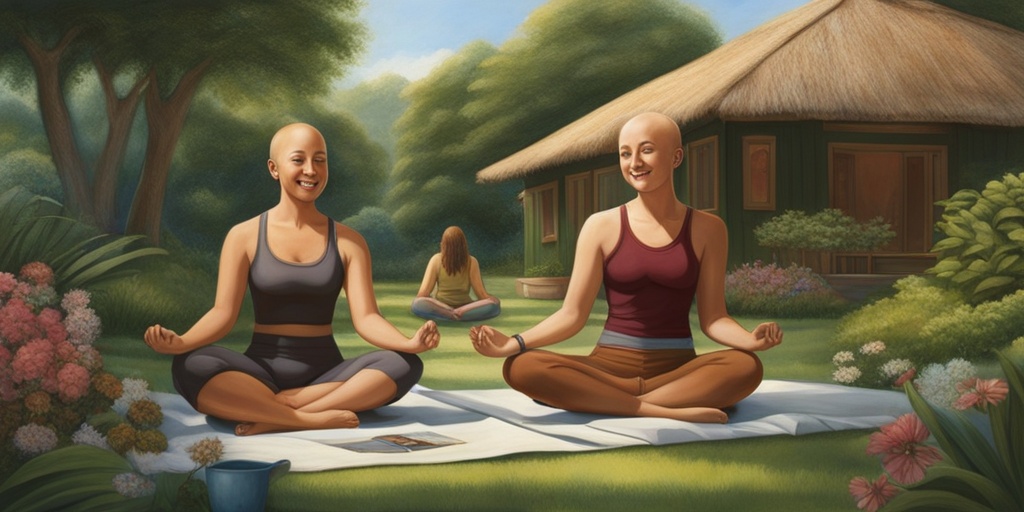
“`html
Frequently Asked Questions about Jonston’s Alopecia
What is Jonston’s Alopecia?
Jonston’s Alopecia is a specific type of hair loss that affects individuals, characterized by patchy bald spots on the scalp and other areas of the body. It is often considered an autoimmune condition where the body’s immune system mistakenly attacks hair follicles.
What causes Jonston’s Alopecia?
The exact cause of Jonston’s Alopecia is not fully understood, but it is believed to involve a combination of genetic, environmental, and immunological factors. Stress and hormonal changes may also play a role in triggering this condition.
Is Jonston’s Alopecia hereditary?
While there is no definitive answer, some studies suggest that Jonston’s Alopecia may have a genetic component, meaning it can run in families. If you have a family history of hair loss, you may be at a higher risk.
Can Jonston’s Alopecia be treated?
There is currently no cure for Jonston’s Alopecia, but various treatment options are available to help manage the symptoms. These may include topical treatments, corticosteroids, and immunotherapy. It’s essential to consult with a healthcare professional for personalized advice.
How can I cope with Jonston’s Alopecia?
Coping with Jonston’s Alopecia can be challenging, but support groups and counseling can help. Additionally, exploring options like wigs, hairpieces, or cosmetic solutions can boost confidence. 🌟
Are there any lifestyle changes that can help?
While lifestyle changes alone may not cure Jonston’s Alopecia, maintaining a healthy diet, managing stress, and avoiding harsh hair treatments can support overall hair health. Regular exercise and mindfulness practices may also be beneficial.
Is Jonston’s Alopecia common?
Jonston’s Alopecia is relatively rare compared to other forms of hair loss, but it can affect individuals of all ages and backgrounds. Awareness and understanding of this condition are growing, leading to better support for those affected.
Where can I find support for Jonston’s Alopecia?
Support for Jonston’s Alopecia can be found through various online forums, social media groups, and local support organizations. Connecting with others who share similar experiences can provide valuable emotional support and practical advice. 🤝
“`

